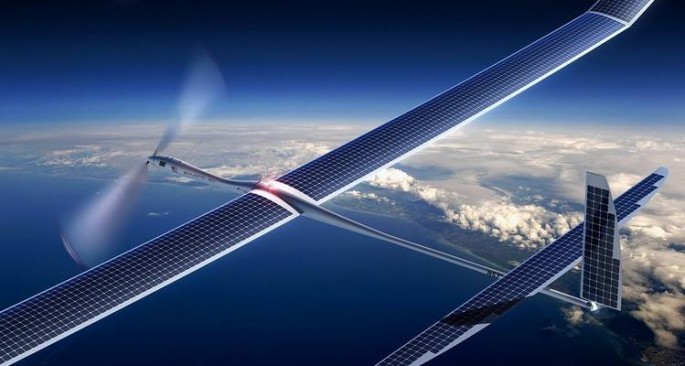On Wednesday, Google parent Alphabet X has confirmed the shutdown of Project Titan. Project Titan acquired its name from the original developers of this solar-powered (Unmanned Aerial vehicle) UAV. It was designed to bring the internet to remote rural areas.
More than 50 people were part of Project Titan. According to the online publication 9to5 Google, Alphabet has shuttered the solar drone. It was confirmed that Alphabet is planning to sell the Google Maps solar-imaging division formed.
Last April 2014, Google acquires Titan Aerospace. Google hopes the drones could bring internet access to millions of people and help aid in disaster relief. In 2015, it was folded into the Google X division among the broader Alphabet reorganization. In 2016, Titan reportedly had experienced a crash in 2015 in the Arizona desert due to a wing fault.
Google is currently in the process of testing solar-powered drones using a millimeter-wave radio transmission. Team Titan was brought into X in late 2015. The exploration of high altitude UAVs for internet access ended. According to ZDNet that the Project Titan ended, however, Project Loon and Project Wing will continue the legacy of Titan.
Alphabet canceled Project Titan due to economic and technical challenges. Project Loon and Project Wing are another project X which highlight beam the internet from high-altitude balloons. These projects used drones for deliveries.
Project Loon travels approximately 12 miles above the Earth's surface in the stratosphere. Loon uses software algorithms to determine the direction of the balloons. By the wind's movement, the balloons can be organized to form one large communications network.
Each of the balloons is an inflatable part that was made from sheets of polyethylene plastic. The balloon envelope is 49 feet wide and 40 feet tall when inflated. The balloons can provide connectivity around 25 miles in diameter using LTE and 4G technology.



























